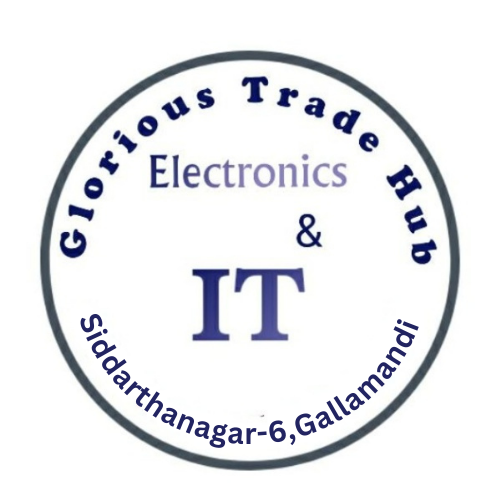The Electronic Waste Recycling Market Size is witnessing unprecedented growth as governments, corporations, and consumers increasingly recognize the importance of sustainable disposal and recycling of electronic devices. With the rise in e-waste generation fueled by rapid technological advancements and shorter product life cycles, the demand for efficient e-waste management solutions has never been higher. Factors such as urban mining, metal recovery, and circuit board recycling are driving the market forward, while sustainability in electronics is becoming a critical priority for stakeholders across the globe.
Market Dynamics and Growth Drivers
One of the primary drivers of the electronic waste recycling market size is the rising awareness of environmental hazards associated with improper disposal of electronic goods. In parallel, technological innovations in recycling processes have improved the efficiency of material recovery, particularly precious metals like gold, silver, and palladium. Urban mining initiatives are enabling companies to extract valuable metals from discarded electronics, creating a circular economy that emphasizes resource efficiency.
Additionally, the integration of advanced technologies, such as robotics and artificial intelligence, is further enhancing the capabilities of recycling operations. Countries like the U.S. are also seeing growth in adjacent sectors, including the US Ultrafast Laser Market, which supports high-precision recycling and manufacturing processes. Similarly, the Canada Industrial Lighting Market is contributing to energy-efficient industrial operations, complementing sustainable electronics initiatives.
Challenges in the Market
Despite strong growth, the electronic waste recycling industry faces several challenges. Lack of standardized regulations in certain regions, high operational costs, and difficulties in handling complex products like smartphones and laptops are notable obstacles. Nevertheless, increasing investments in recycling infrastructure and R&D are expected to overcome these challenges in the coming years.
Future Outlook
The future of the electronic waste recycling market is promising. As more companies adopt eco-friendly strategies and governments implement stricter e-waste regulations, the market is poised for significant expansion. Emphasis on circular economy practices, metal recovery, and advanced recycling technologies will continue to propel market growth, making e-waste management an essential component of sustainable electronics.
Summary
The Electronic Waste Recycling Market Size is growing rapidly due to rising e-waste generation, advanced recycling technologies, and sustainability initiatives. With a focus on urban mining, metal recovery, and circuit board recycling, the market is set to create substantial opportunities for stakeholders globally, while contributing to a more sustainable electronics ecosystem.
FAQs
Q1: What factors are driving the growth of the electronic waste recycling market?
The market is driven by increasing e-waste generation, sustainability initiatives, urban mining, metal recovery, and advanced recycling technologies.
Q2: How does electronic waste recycling contribute to sustainability?
Recycling electronics reduces environmental pollution, conserves natural resources, and enables metal recovery from discarded devices.
Q3: Which regions are showing significant growth in electronic waste recycling?
North America, particularly the U.S. and Canada, is witnessing strong growth, supported by advanced technologies and infrastructure improvements.


